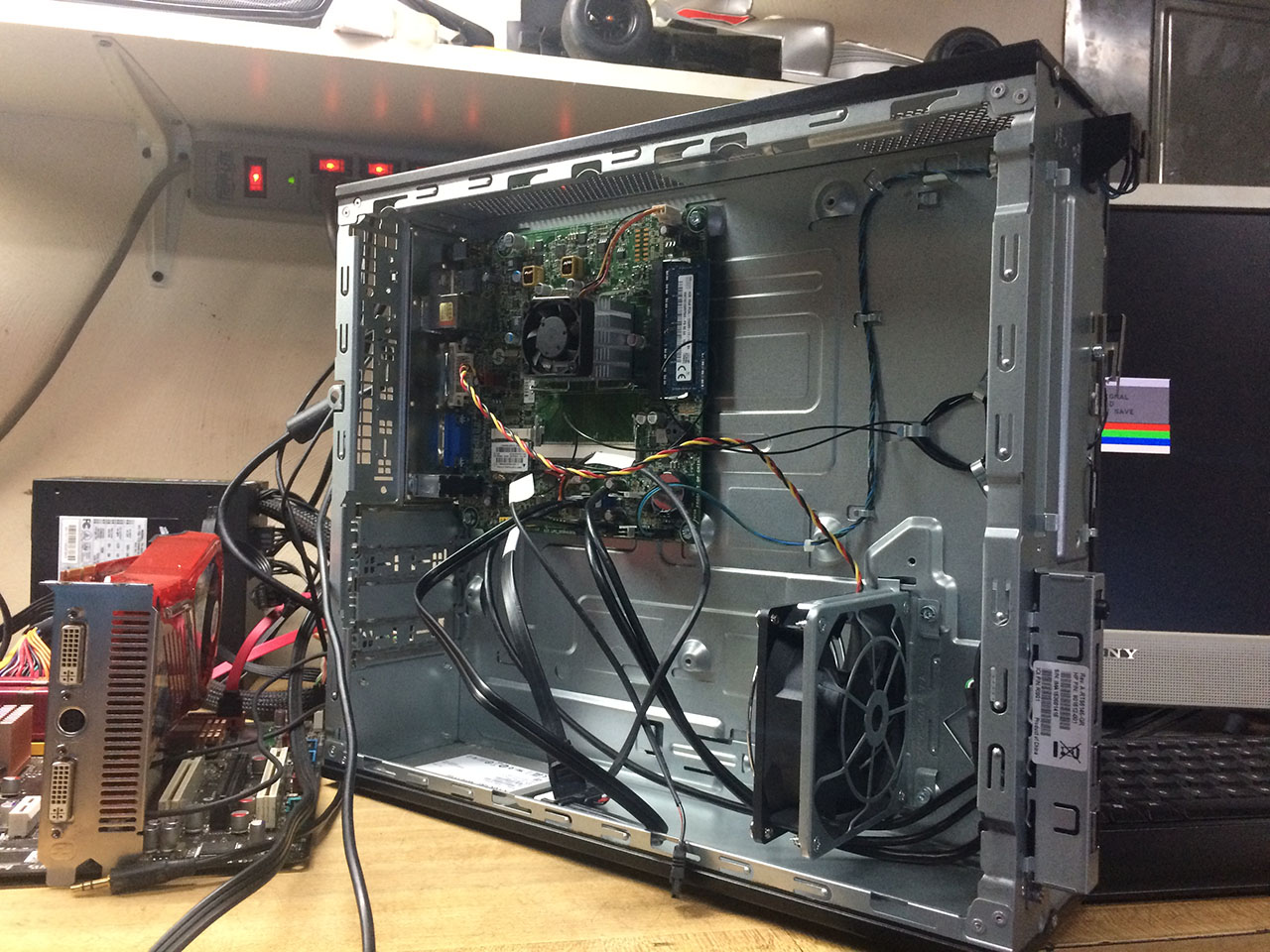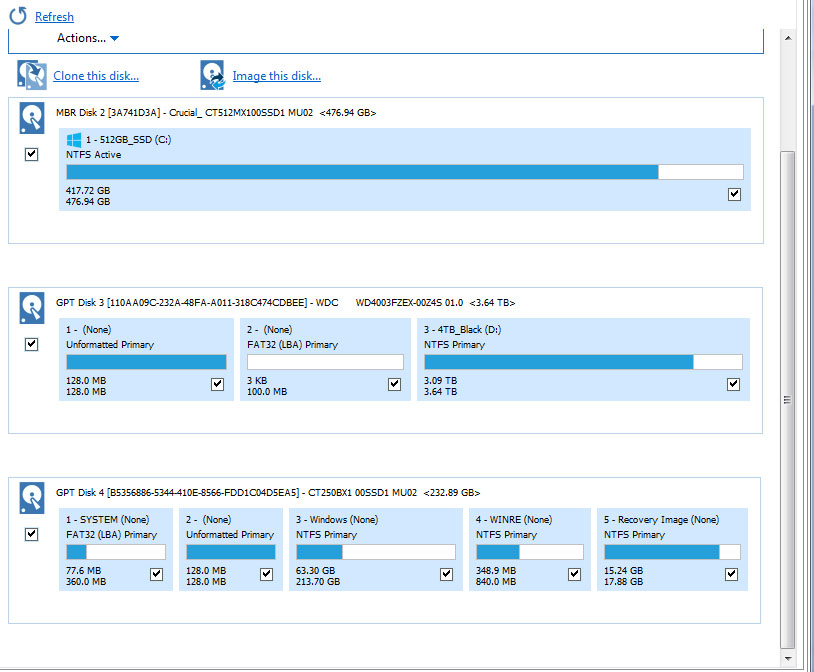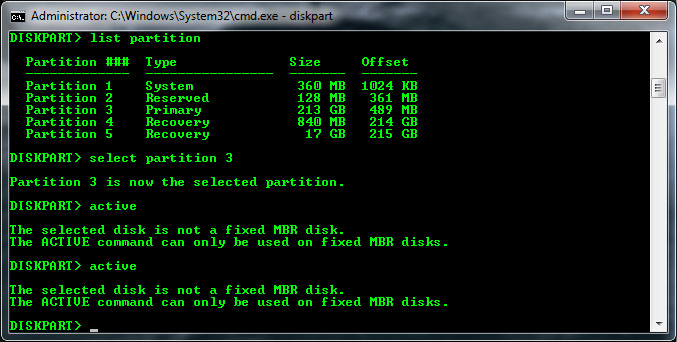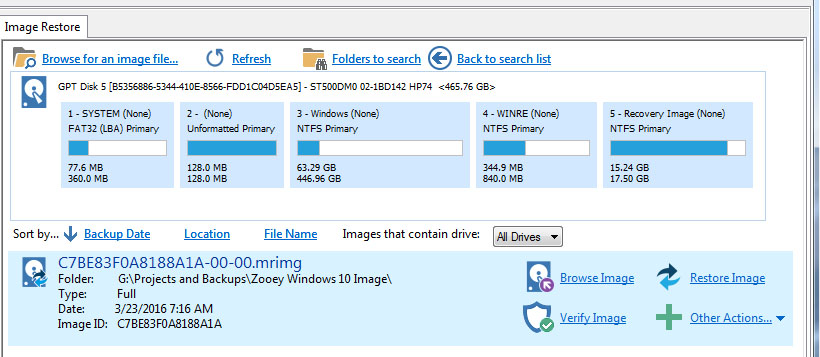Zepher
[H]ipster Replacement
- Joined
- Sep 29, 2001
- Messages
- 20,927
My friend brought me his girlfriends slim HP machine that she bought a few months ago and he got her a 250GB SSD for me to install.
The original drive is a 500GB Seagate.
I have used Paragon Migrate OS to SSD, Paragon Hard Disk Manager 15 suite, and Macrium Reflect, all cloned the drive just fine but when installed into the HP, it errors out with "Inaccessible Boot Device"
I was able to get it to boot into the Windows 10 Utilities and was going to just try and restore the PC but then it gives me an error saying the drive is locked and to unlock it and try again.
I also created a Restore USB drive with Macrium Reflect but when it boots into the Rrestore, the SSD is not listed for some reason.
I also turned off Secure Boot, turned on Legacy Boot, and all combinations of those two and still it won't boot.
I also tried doing an image of the drive and then restoring the image to the SSD and that failed as well, same error as the first time.
I worked on this from 2am till 9am this morning.
I have cloned Windows 7 dozens of times and only had 1 non boot issue.
Anyone have any suggestions, something I may have overlooked. Also, this Slim PC has a really tiny mobo, uses laptop memory and a laptop style power brick.

The original drive is a 500GB Seagate.
I have used Paragon Migrate OS to SSD, Paragon Hard Disk Manager 15 suite, and Macrium Reflect, all cloned the drive just fine but when installed into the HP, it errors out with "Inaccessible Boot Device"
I was able to get it to boot into the Windows 10 Utilities and was going to just try and restore the PC but then it gives me an error saying the drive is locked and to unlock it and try again.
I also created a Restore USB drive with Macrium Reflect but when it boots into the Rrestore, the SSD is not listed for some reason.
I also turned off Secure Boot, turned on Legacy Boot, and all combinations of those two and still it won't boot.
I also tried doing an image of the drive and then restoring the image to the SSD and that failed as well, same error as the first time.
I worked on this from 2am till 9am this morning.
I have cloned Windows 7 dozens of times and only had 1 non boot issue.
Anyone have any suggestions, something I may have overlooked. Also, this Slim PC has a really tiny mobo, uses laptop memory and a laptop style power brick.

![[H]ard|Forum](/styles/hardforum/xenforo/logo_dark.png)


